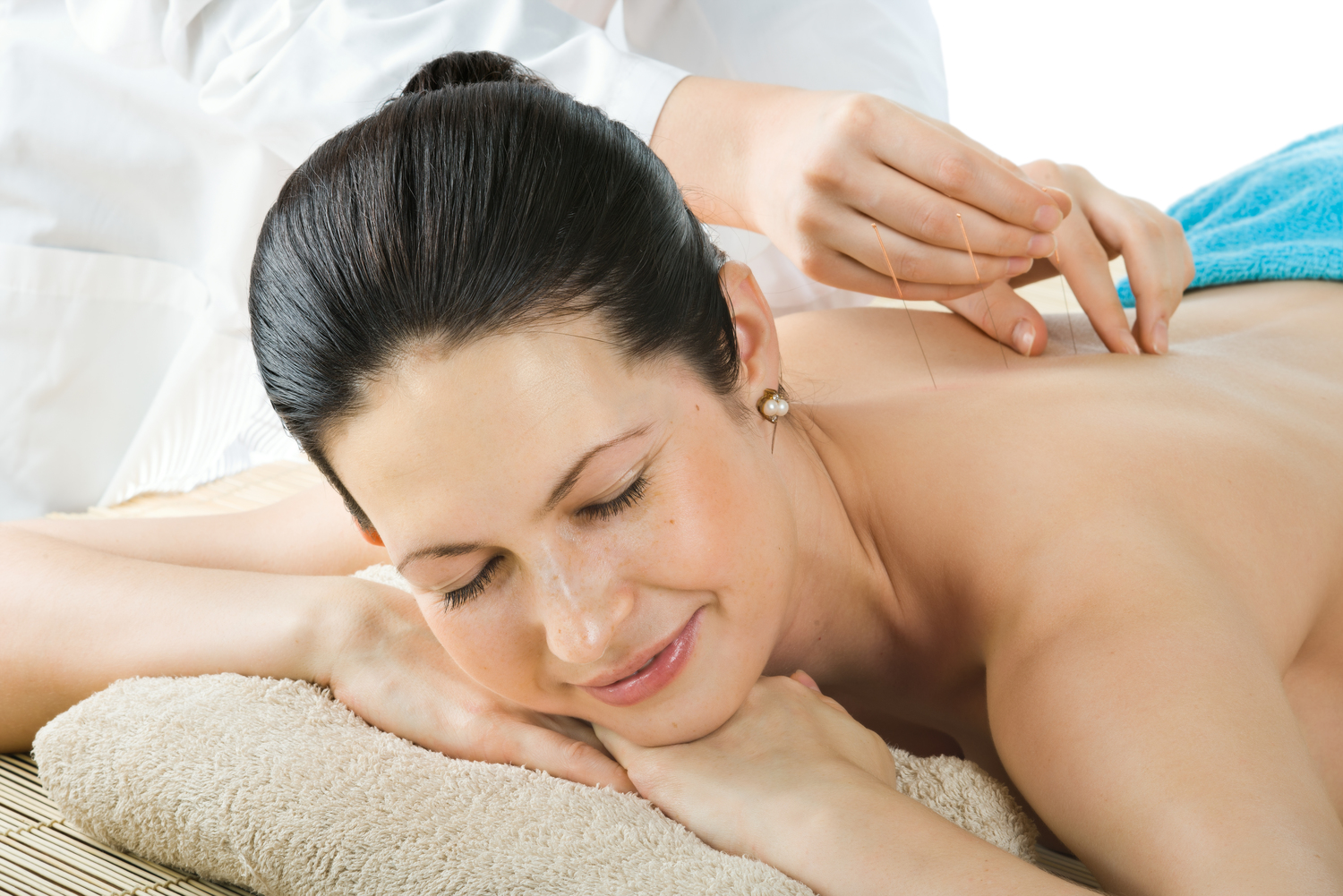Overactive Bladder Syndrome – Symptoms, Causes and Treatments
Overactive bladder is a condition in which you experience involuntary contractions of the muscles in the bladder wall. It is a syndrome where the convulsions make you feel a urgent need to urinate, which is overwhelming and difficult to suppress, even when the bladder may contain only a small amount of urine. This condition is also known as urinary urgency.
In a few cases, an overactive bladder leads to urinary leakage where you are unable to quash the impulse to pee, medically referred as to urgency urinary incontinence.

Symptoms of an overactive bladder
With an overactive bladder, you:
- feel a sudden urge to pee that won’t go away
- have involuntary loss of urine following an urgent need to urinate
- have urine leakage during physical activity like coughing, sneezing, and lifting
- have to urinate frequently, usually eight or more times a day
- experience nocturia where you wake up 2-3 times in the night to make a trip to the bathroom
Causes of an overactive bladder
Involuntary contractions in the muscles of the urinary bladder may occur due to a dysfunction of the nervous system where the brain may send impulses to the urethra muscles, even though the volume of fluid in your bladder is low.
Common reasons for this neural system abnormality are:
- Injury to the spinal cord
- Back problems
- Brain strokes
- Parkinson’s disease
- Multiple sclerosis
- Dementia
- Neuropathy caused by diabetes
Other causes of overactive bladder syndrome include:
- Infections in the urinary tract
- Stones in the bladder
- Prostate enlargement (BPH)
- Bladder tumors
- Excess consumption of caffeine or alcohol
- Declining cognitive function due to aging
Treatments for overactive bladder
An overactive bladder may have adverse effects on your life, mostly relating to your social commitments and mental health. You might be reluctant to participate in social events such as parties, dinners, and traveling. Fortunately, there are different treatments for overactive bladder syndrome. Treatment strategies vary from behavioral changes to the use of medicines and nerve stimulation devices.
Dietary and lifestyle changes:
- If you happen to be overweight, lose some extra pounds. This lowers the number of incontinence episodes by decreasing the pressure on the bladder.
- If you are drinking too many fluids, you might have to bring it down to a recommended amount per day.
- Stop taking caffeinated drinks, as they stimulate the urge to urinate.
Behavioral changes (pelvic muscle rehabilitation):
- Kegel exercises – These exercises can be done throughout a day (30-80 times), to improve the strength of the pelvis and urethra muscles. Daily exercising helps build stress resistance in the muscles of the urinary bladder. It brings down urine incontinence. To gain faster and better results, follow the exercise techniques correctly and make sure they are carried out according to the recommended frequency.
- Biofeedback – These set of exercises are often performed by a physical therapist or under the supervision of a urologist/gynecologist. The exercises focus on the body identifying the muscles in the pelvic floor that work in conjunction while passing urine. Once these muscles are worked on, you can control the contractions.
Behavioral therapies:
- Bladder training – Resisting the urge to urinate by conscious suppression and controlling the pelvic floor muscles.
- Toilet assistance – For elderly people, training the bladder to urinate at a scheduled timing can help prevent leaking.
Medications for treating overactive bladder
Depending on your case, different types of drugs can be recommended by your healthcare provider. These medicines start to show results within one or two weeks, and effective results are usually achieved by six weeks.
- Anticholinergics – These are the most common medications used as bladder relaxants. These medicines target the hyperactivity of the detrusor muscle. Most of these anticholinergic drugs work the same way, differing in the frequency, type of side effects and methods of use.
- Botox injection – Botox injections are introduced directly into the bladder muscle with a cystoscope. It prevents the release of chemicals (stimuli) from the nerves of the bladder. As the effects of Botox are not permanent, you need to get them regularly to maintain the impact of this therapy.
When the treatments mentioned above don’t work well to improve your condition, nerve stimulation might be recommended. A neurotransmitter device that transmits gentle electrical impulses to the bladder muscles is implanted under your skin. This sacral nerve stimulation technique helps in achieving bladder control.




